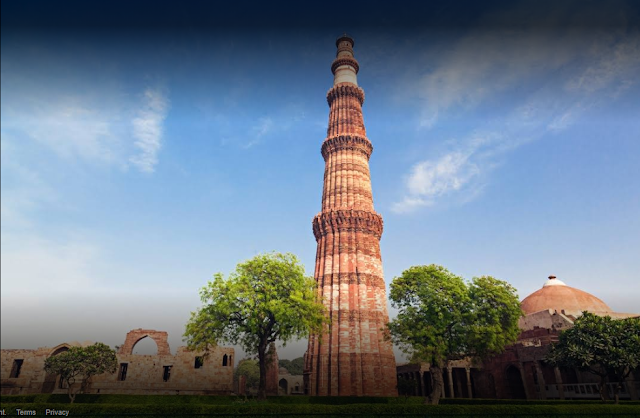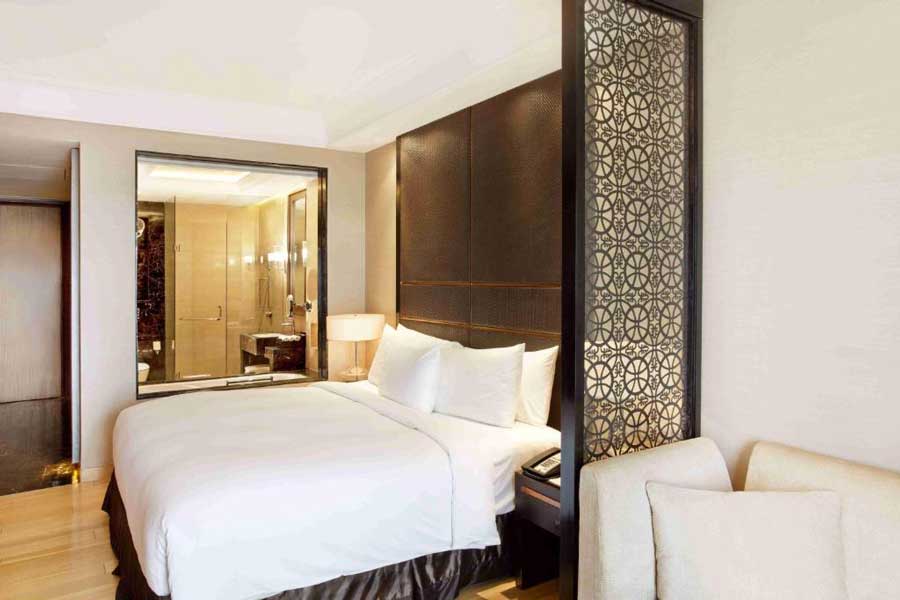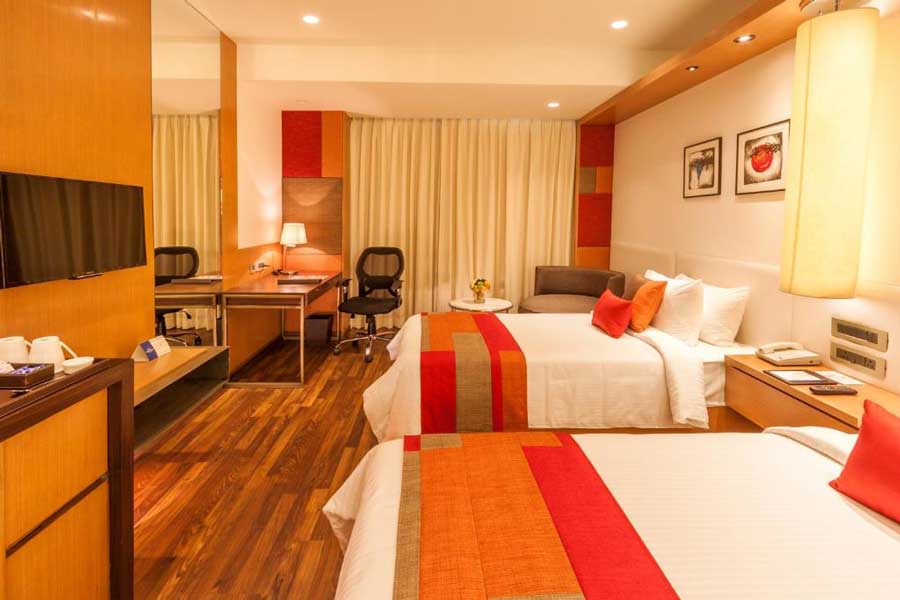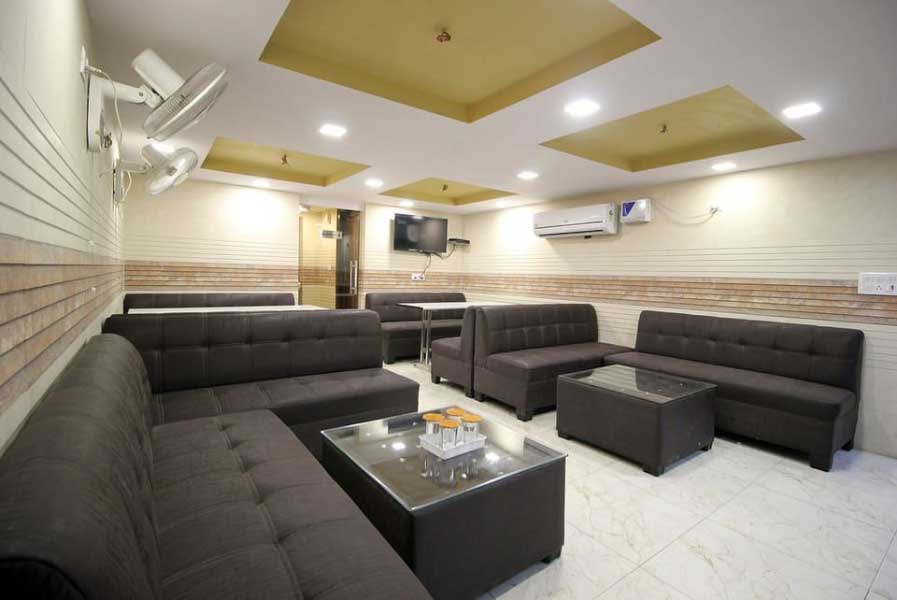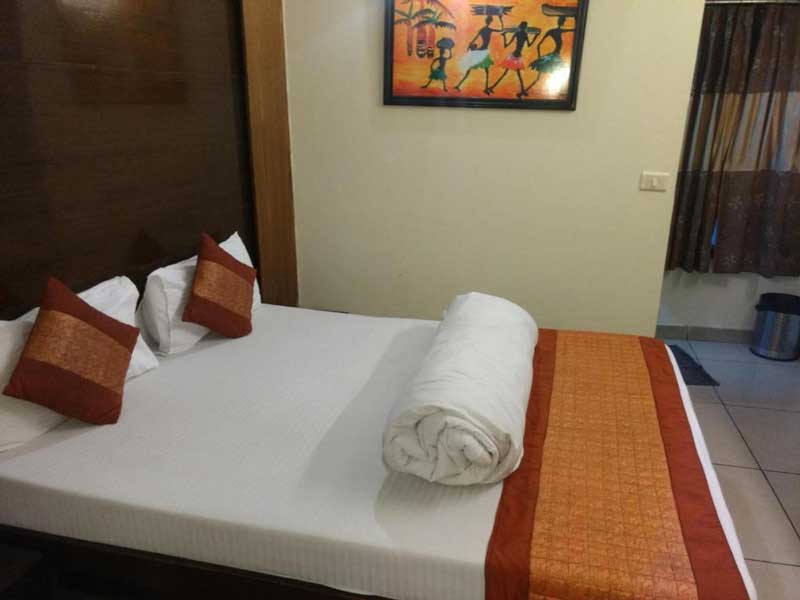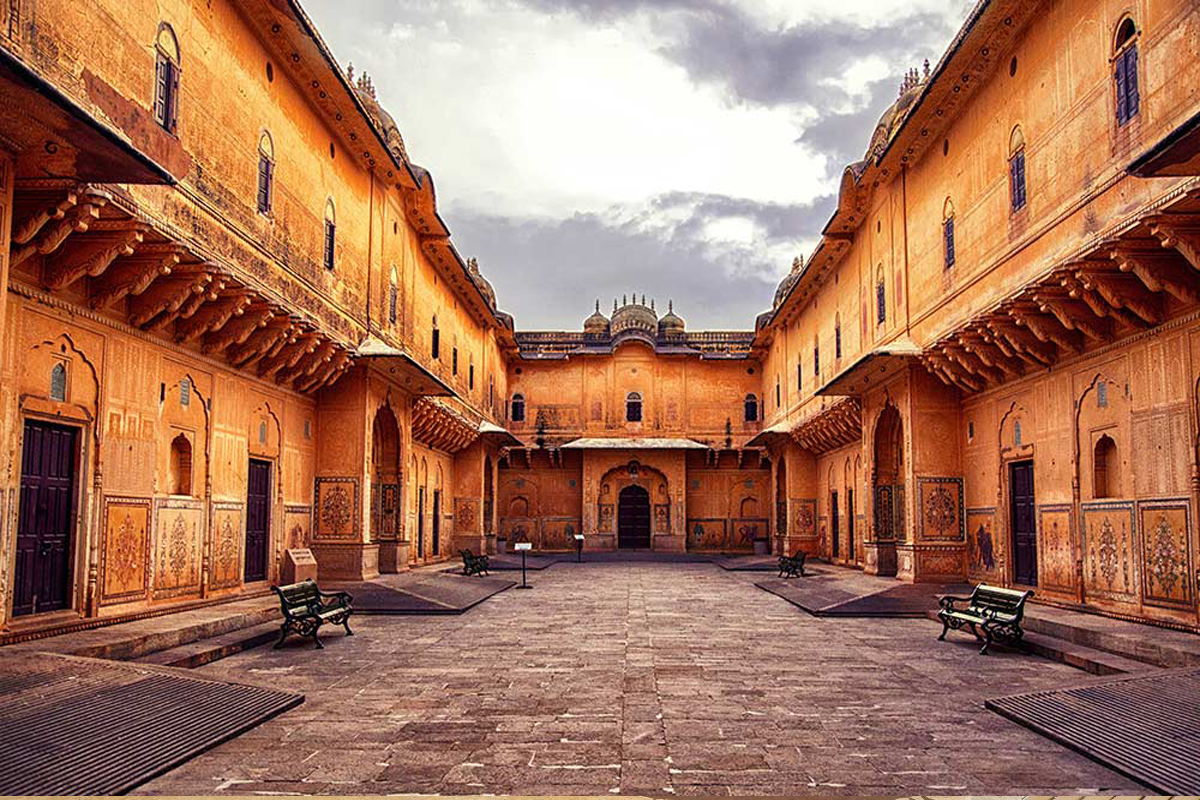Read More on Qutub Minar
History
Qutub Minar in Delhi is a five-storied structure constructed over four centuries by various rulers. Qutb-ud-din Aibak, who was the founder of the Delhi Sultanate originally commissioned it around 1192 as a victory tower. The minaret got its name from the ruler himself; although he wasn’t able to construct more than one storey. It was his successor Shams-ud-din Iltutmish, who later added three more floors to the structure in 1220. The topmost story of the tower suffered some damages in 1369 due to lightning. It was reconstructed by Firoz Shah Tughlaq, who added the final fifth storey to the tower. The entrance to Qutub Minar was built by Sher Shah Suri.
Due to an earthquake in 1803, the tower again suffered severe damages. Major Robert Smith, a member of the British Indian Army, repaired the structure in 1828. He even installed a pillared cupola to sit atop the fifth storey, thus adding one more floor to this five-storey tower. This extra storey was removed in 1848 under the orders of Henry Hardinge, the then Governor-General of India, and it was reinstalled next to the minaret. After an accident in 1981, which left 47 people inside it dead entry to the tower has been restricted.
Architecture
The Qutub Minar height is massive 73 meters. The base diameter is 14.3 meters which shrinks down to 2.7 meters while reaching the top. The minaret also has a spiral staircase of 379 steps. Many other historical structures around the minaret form the Qutub Minar Complex.
It is believed by many that the minaret was built taking inspiration from the Minaret of Jam in Afghanistan. The tower displays early Afghan architectural style. Every storey of the minaret is adorned with a projecting balcony supported by intricately designed brackets. The first three stories are built in red sandstone, the fourth one is entirely made of marble, and the fifth one is a mix of marble and sandstone. The architectural styles differ from the base to the top, credit of it goes to the many rulers who constructed it part by part.
Activities
- Iron Pillar of Chandragupta II, which never seem to be rusted is something to see.
- You can also visit the Tomb of Iltutmish, the second ruler of the Delhi Sultanate.
- Alauddin Khilji’s tomb and a madrasa which was built by him.
- Alai Minar is the unfinished victory tower of Alauddin Khilji.
- Sanderson’s Sundial, a sundial designed in white marble looks very beautiful.
- Photos can be clicked at this heritage site, so feel free to take some selfies there.
Tips for visiting
- Alcohol is strictly prohibited inside the Minar complex.
- You should take a guide to know all there is to know about the place while being there.
- You are free to take photos there.
Best time to visit
The Winter season is the best time to visit this place. Because in summer most of your time will be spent fighting the sun, and Delhi’s summer is something to know about in advance. You should reach the place early to avoid crowds.
Nearby Atractions
- Zafar Mahal
- Jahaz Mahal
- Hauz-i-Shamsi
- Jamali Kamali Mosque and Tomb
- Tomb of Balban
Nearby market/ shopping places
Some of the finest malls of Delhi are located near this place. If you are not interested in visiting a mall and want to buy from local shops, then you would not be disappointed. A lot of shops are located close to Qutub Minar selling clothes, artifacts, books, gifts shops, etc.
Nearby Hotels
- Grand Venizia Hotel
- Duke Hotel
- The Gold Regency
- Olivia Hotels
- Hotel Aman Continental
Interesting Facts About Qutub Minar
- In Arabic, the world Qutub Minar means pole or axis.
- In 2006, Qutub Minar became the most visited monument in India. A total of 3.9 million visitors were recorded that year.
- To promote night tourism in Delhi, the Archeological Survey of India started illumination work of the complex in 2019.


